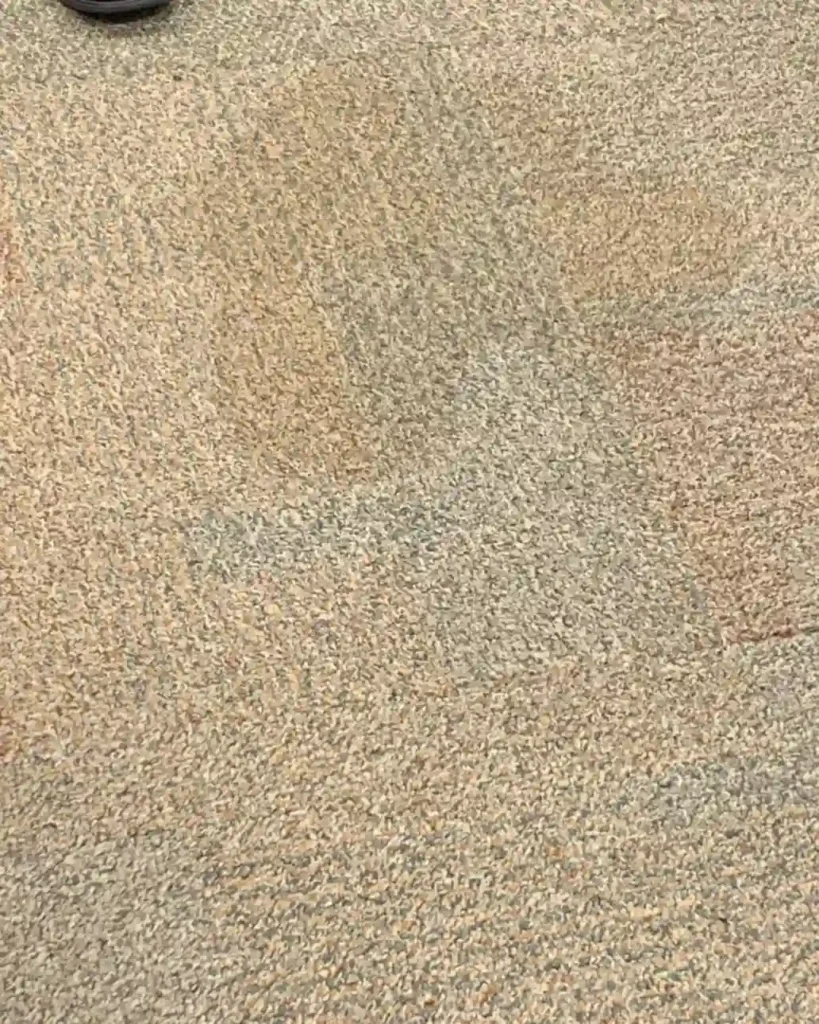Table of Contents

how to remove water stain from marble? Marble is a beautiful and elegant natural stone that can add a touch of luxury to any space. However, marble is also a porous and delicate material that requires special care to maintain its beauty and integrity. One of the most common issues that can affect marble surfaces is water stains.
Water stains on marble can be caused by a variety of factors, such as spills, leaks, or high humidity. When water penetrates the porous surface of marble, it can leave behind mineral deposits that create unsightly stains. If left untreated, water stains can become permanent and ruin the appearance of your marble surfaces.
In this article, we will provide you with a comprehensive guide on how to remove water stain from marble. We will cover a range of topics, including marble cleaning, water damage, stain removal, marble restoration, home remedies, cleaning solutions, polishing techniques, natural stone care, surface maintenance, and prevention tips. By the end of this article, you’ll have all the information you need to keep your marble surfaces looking their best.
In this article, we will explore various outdoor tiling ideas to help you create a personalized and inviting outdoor area that suits your style and needs.
Marble Cleaning
Marble is a natural stone that is known for its beauty, elegance, and durability. However, it is also a porous and delicate material that requires special care and attention to maintain its appearance and longevity. Here are some reasons why marble requires special care:
- Porosity: Marble is a porous stone that can absorb liquids and stains easily. This means that it is vulnerable to water damage, spills, and other types of staining.
- Sensitivity: Marble is a sensitive material that can be easily scratched or etched by acidic substances such as vinegar, lemon juice, or even some cleaning products. It is also sensitive to high heat and direct sunlight.
To keep your marble surfaces looking their best, it is essential to follow a regular maintenance routine. Here are some tips for regular marble maintenance:
- Wipe up spills immediately: Use a soft cloth or paper towel to wipe up spills as soon as they occur. This will prevent the liquid from penetrating the surface of the marble and causing staining or damage.
- Use a pH-neutral cleaner: When cleaning your marble surfaces, use a pH-neutral cleaner that is specifically designed for natural stone. Avoid using harsh or acidic cleaners, as these can damage the marble.
- Seal your marble surfaces: To protect your marble from water damage and staining, it is recommended to seal your surfaces with a high-quality sealer. This will help to repel liquids and prevent stains from setting in.
By following these tips, you can keep your marble surfaces looking their best and prevent water stains and other types of damage. In the next section, we’ll explore how water damage can affect marble surfaces and how to prevent it. Ultimate Finish Las Vegas Provides best marble cleaning solutions.
Stain Removal
Marble surfaces are vulnerable to a variety of stains, including water stains, oil stains, wine stains, and more. Water stains are particularly common and can be caused by spills, leaks, or high humidity. If left untreated, water stains from tile floor can become permanent and mar the appearance of your marble surfaces. Here are some tips for removing water stains from marble:
- Start with a gentle cleaner: Before trying any heavy-duty stain removal methods, start with a gentle cleaner such as a pH-neutral stone cleaner or a solution of warm water and mild dish soap. Use a soft cloth or sponge to apply the cleaner and wipe away the stain.
- Try a poultice: If the water stain is stubborn and won’t come out with a gentle cleaner, try making a poultice. A poultice is a paste made of a cleaning agent and an absorbent material such as baking soda or powdered clay. Apply the poultice to the stain, cover it with plastic wrap, and let it sit for several hours or overnight. Then, wipe away the poultice and rinse the area with water.
- Use a marble stain remover: If the water stain is still visible after trying the above methods, you can try using a commercial marble stain remover. Be sure to follow the instructions carefully and test the product on a small, inconspicuous area of your marble surface first.
When removing stains from marble, it is important to take precautions to avoid causing further damage. Here are some precautions to keep in mind:
- Avoid abrasive materials: Do not use abrasive materials such as steel wool or scrub brushes on your marble surfaces, as these can scratch and damage the surface.
- Be gentle: Use a soft cloth or sponge when cleaning your marble surfaces, and avoid applying too much pressure.
- Rinse thoroughly: After removing a stain, be sure to rinse the area thoroughly with water to remove any cleaning product residue.
Cleaning Solutions
When it comes to cleaning marble surfaces, it’s important to use the right type of cleaning solution to avoid damaging the stone. Here are some types of cleaning solutions that are safe to use on marble:
- pH-neutral stone cleaner
 : A pH-neutral stone cleaner is specifically designed for natural stone and is safe to use on marble surfaces. These cleaners are gentle and will not damage the surface of the marble.
: A pH-neutral stone cleaner is specifically designed for natural stone and is safe to use on marble surfaces. These cleaners are gentle and will not damage the surface of the marble. - Mild dish soap
 : A solution of warm water and mild dish soap can be used to clean marble surfaces. Be sure to rinse the surface thoroughly with water after cleaning.
: A solution of warm water and mild dish soap can be used to clean marble surfaces. Be sure to rinse the surface thoroughly with water after cleaning. - Hydrogen peroxide
 : Hydrogen peroxide can be used to remove stains from marble surfaces. Mix a small amount of hydrogen peroxide with water, apply to the stain, and let it sit for several minutes before rinsing.
: Hydrogen peroxide can be used to remove stains from marble surfaces. Mix a small amount of hydrogen peroxide with water, apply to the stain, and let it sit for several minutes before rinsing.
If you prefer to use DIY cleaning solutions, here are some options that are safe for marble:
- Vinegar and water
 : Mix equal parts of water and white vinegar in a spray bottle and use it to clean your marble surfaces. Avoid using this solution on polished marble, as the acid in the vinegar can etch the surface.
: Mix equal parts of water and white vinegar in a spray bottle and use it to clean your marble surfaces. Avoid using this solution on polished marble, as the acid in the vinegar can etch the surface. - Baking soda and water: Mix baking soda with water to create a paste and use it to clean stains from your marble surfaces. Be sure to rinse the surface thoroughly with water after cleaning.
When using cleaning solutions on marble surfaces, it’s important to take precautions to avoid causing damage. Here are some precautions to keep in mind:
- Test the solution first: Before using a cleaning solution on your marble surface, test it on a small, inconspicuous area to make sure it doesn’t cause any damage or discoloration.
- Avoid acidic solutions: Avoid using acidic solutions such as lemon juice or vinegar on polished marble surfaces, as they can etch and damage the surface.
- Rinse thoroughly: After cleaning your marble surfaces, be sure to rinse the area thoroughly with water to remove any cleaning solution residue.
Conclusion
In conclusion, water stains on marble surfaces can be unsightly and difficult to remove, but with the right techniques and precautions, you can effectively remove them without causing damage. It’s important to take regular care of your marble surfaces and use the right cleaning solutions to avoid staining and damaging the stone. Remember to always test any new cleaning solution on a small,
inconspicuous area before using it on your marble surface, and avoid using abrasive materials or acidic solutions. By following these tips and precautions, you can enjoy the natural beauty of your marble surfaces for years to come. Schedule a time and get the best marble cleaning services.
FAQs
No, bleach is a highly acidic solution that can etch and damage the surface of marble. It's important to use pH-neutral cleaning solutions and avoid acidic solutions when cleaning marble surfaces.
No, scrub brushes can scratch and damage the surface of marble. Instead, use a soft cloth or sponge to gently clean the surface.
Always check the label of the cleaning solution to see if it is safe to use on natural stone surfaces. If you're unsure, test the solution on a small, inconspicuous area before using it on your marble surface.
To prevent water stains from forming, be sure to wipe up any spills or moisture immediately. Use coasters under drinks and avoid placing hot or cold items directly on the surface of your marble. Regularly sealing your marble surface can also help to prevent water stains and other types of damage.
